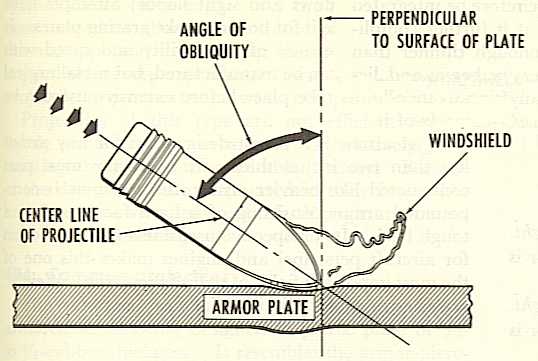MarkSheppard,
Thanks, I already corrected the typo error of the formula.

(btw, you should make a small correction in the formula that you posted because I think that the L is a divider of the penetration, not just a multiplier of the 0.212)
Just to give some depth to the discussion I will add some more parameters to the basic model of Anderson's equation:
Anderson Equation:
P/L = 1.044 x V - 0.194 x Ln(L/d) - 0.212
V: velocity (Km/sec)
L: length of the penetrating rod (mm)
d: diameter (mm)
P: Penetration(mm)
1. The first condition of this formulae is that the velocity should be around 900 m/s and 1800 m/s.
2. Next we should add a modifier (multiplier) for the material of the penetrator (for instance STEEL 0.5, TUNGSTEN 1.0 and DU 1.13)
3. Finally there is also a modifier for the equation related with the scaling factor of the penetrator diameter [Scaling factor = 1+(d/6.5 x 0.05)]
So, the full equation after adding all the above parameters will be as following:
P/L = [1.044 x V(km/sec) - 0.194 x Ln(L/d) - 0.212] x [1+(d/6.5 x 0.05)] x (multiplier for material of penetrator)
Be careful to adjust your Muzzle velocity with the correct V drop (per trajectory flying distance).
You should also add in the above formula the parameter of the "Angle of Obliquity".
At an impact of 60 degree the penetration capability is halved in comparison with an impact at 0 degrees.

cheers,
Pyros



